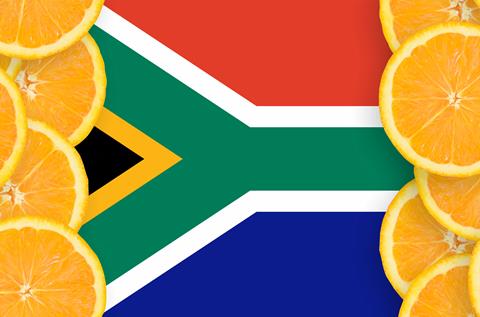Country is on a mission to foster better relations with Spanish and other growers, as they look to tackle common problems in future
For some time, insiders in the South African citrus business have promoted the idea that citrus growers all over the world should stand together to address the common challenges they all face.

Next week’s Fruitnet Citrus Congress in Spain offers one such opportunity.
Observers have said that the South African delegation consists of experienced growers who will engage with other groupings, including Spanish producers, to foster better relations between them.
The feelings among South African growers perhaps relate to differences with the EU in regards of their WTO dispute.
More recently they refer to incidents triggered by climate change – such as torrential and devastating rain and floods in Spain and heat waves in California, which have affected crops.
Growers pointed out that they had great sympathy for the plight of producers in these regions – and that they have also experienced the same.
Gerrit van der Merwe, chairperson of Citrus South Africa, said citrus across the world must work together to improve efficiencies and fulfil their duty to contribute to food security for a fast-growing global population.
Other growers expressed similar feelings and that is why the focus at this congress is also to renew and strengthen relationships with Spanish growers.
The current season will also be high on the agenda. This week Citrus Growers Association CEO Justin Chadwick posed the question ‘what is normal?’ when referring to the experiences of the past season, given it has also had its share of weather-related issues.
“There were high hopes for a record season as the Variety Focus Groups (VFG) estimated a crop of just shy of 182mn cartons, well ahead of the Vision 260 goal and a big increase over the 2023 final volume of 165mn cartons’” said Chadwick.
“After years of brilliant estimating 2024 unfortunately proved trickier than usual to forecast accurately. It must be said that the fruit was there – it just did not get into a carton destined for the overseas markets, and weather did play its role.”
The first weather impact was the hot, dry conditions in the summer of 2023 that led to smaller sized fruit, he explained.
Weather events during the season also took their toll with floods the Citrusdal region wreaking havoc, a freeze in Senwes region that wiped off a couple of million cartons, and winds in the Eastern Cape that caused fruit drop.
“Market conditions at the beginning of the season also did not help – and with a lot of Northern Hemisphere fruit still in the market at the start of the season, exporters had to plan their season carefully,” Chadwick outlined.
Without doubt, he said, the biggest influence on orange volumes in South Africa had been the elevated price for processing fruit.
A crop failure in Brazil, with juice stocks already low, meant that orange juice prices were elevated. Brazil accounts for over 70 per cent of the world’s orange juice, producing up to 20mn tonnes of oranges per annum.
The initial 24 per cent volume decrease in South Africa announced in July was followed by a further decrease.
The CGA is to take a close look at the juice dynamic when it does its strategic planning for the future, Chadwick confirmed.
“It is important that the industry gets our estimates as accurate as possible, many value chain partners use these estimates for planning and capital investment decisions,” he said.
”It is possible that the processing option could influence marketing decisions for the next two seasons, or even longer.”



